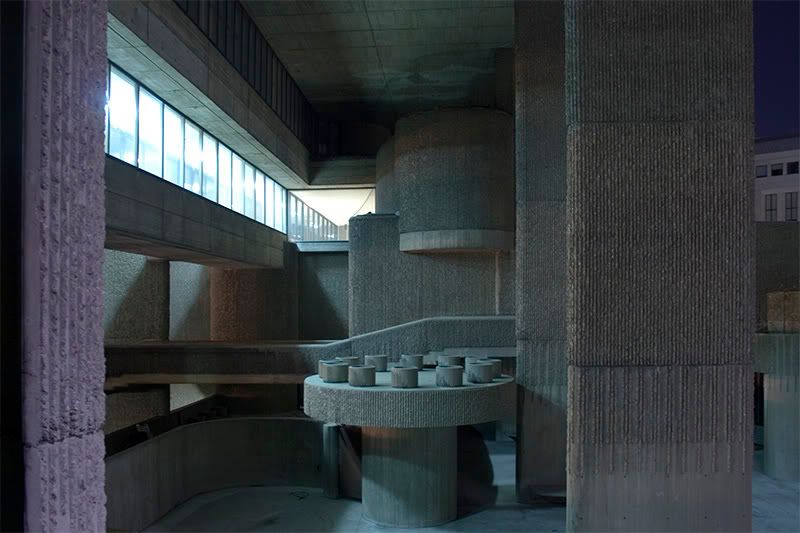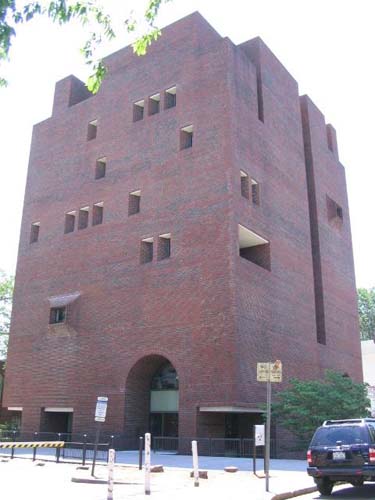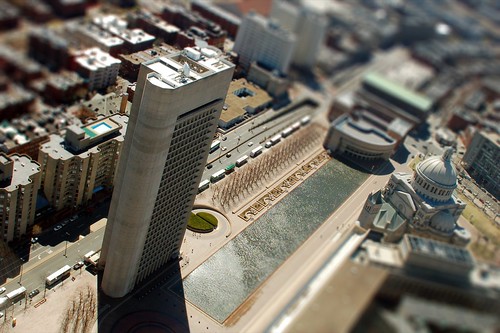czsz
Senior Member
- Joined
- Jan 12, 2007
- Messages
- 6,043
- Reaction score
- 7
In the BU thread I wrote:
Think about it. The costs associated with planning for and actually demolishing examples of the genre would be, to pun further, brutal. Better to make hay from what must be one of the country's, if not the world's best collections of this style. Imagine a walking tour of "Brutal Boston" - nicely alliterative, isn't it? Could it also be lucrative? While it doesn't quite have the earning power potential of the Freedom Trail, Boston's brutalism is bound to become an infinitely rarer and more fascinating commodity. It's also a way to present Boston in a fresh light, embracing its contribution to the arts of the 20th century.
The State Services Center, for one, already seduced Scorsesee. Could brutalism be Boston's less benign answer to Barcelona's Gaudi tourism?
BRUTAL BOSTON - The Walking Tour




Is this brutalism? It won't be, soon. RIP.


Fortress of Education.
The Brutalist Vatican:




Face it - Boston's brutalism collection is as good as its group of South End/Back Bay Victorian rowhouses. We should quit fighting that aesthetic legacy, embrace it as an integral part of Boston's heritage, and market it. Brutally.
Think about it. The costs associated with planning for and actually demolishing examples of the genre would be, to pun further, brutal. Better to make hay from what must be one of the country's, if not the world's best collections of this style. Imagine a walking tour of "Brutal Boston" - nicely alliterative, isn't it? Could it also be lucrative? While it doesn't quite have the earning power potential of the Freedom Trail, Boston's brutalism is bound to become an infinitely rarer and more fascinating commodity. It's also a way to present Boston in a fresh light, embracing its contribution to the arts of the 20th century.
The State Services Center, for one, already seduced Scorsesee. Could brutalism be Boston's less benign answer to Barcelona's Gaudi tourism?
BRUTAL BOSTON - The Walking Tour




Is this brutalism? It won't be, soon. RIP.

Fortress of Education.
The Brutalist Vatican:




Last edited:
